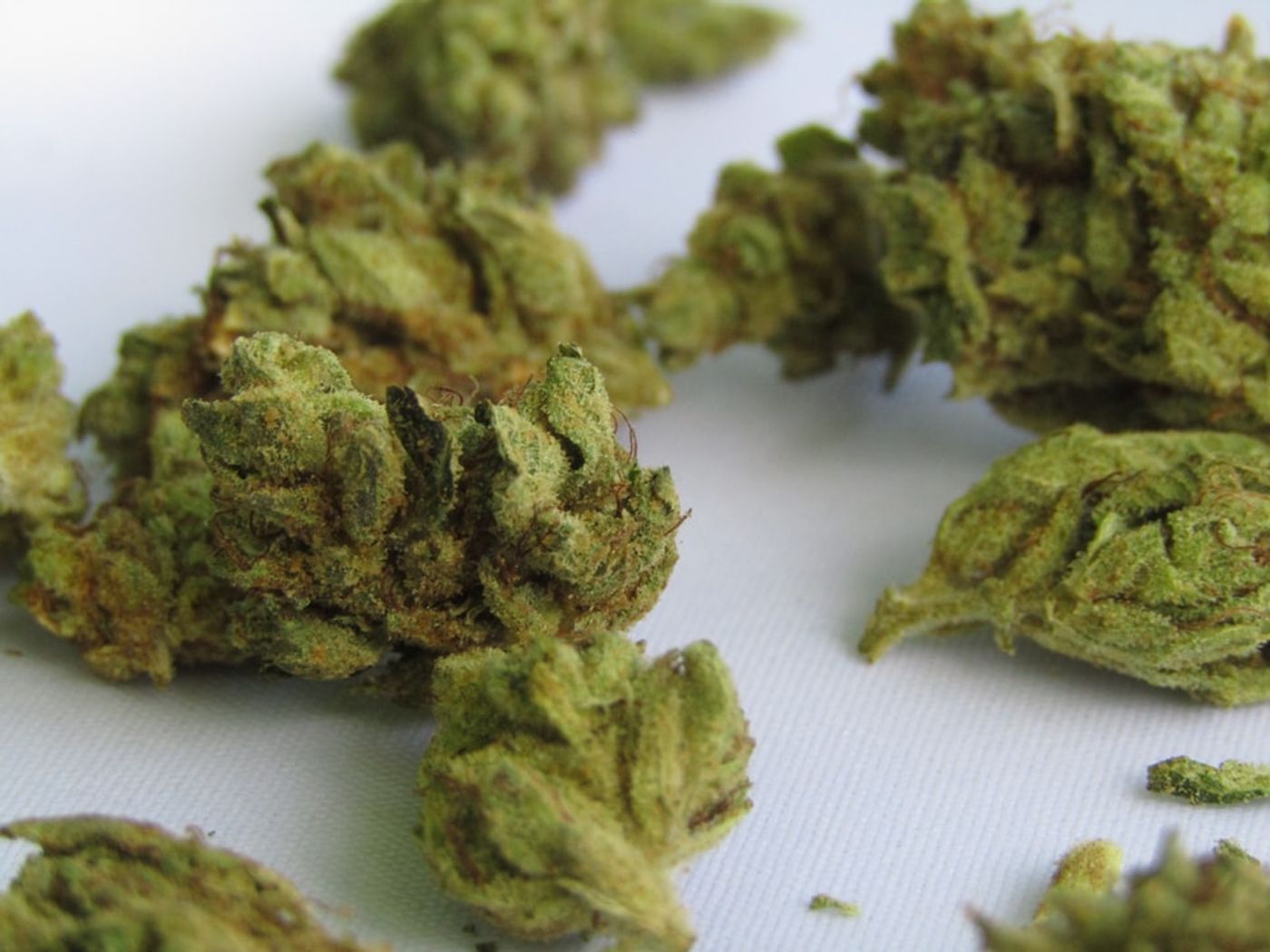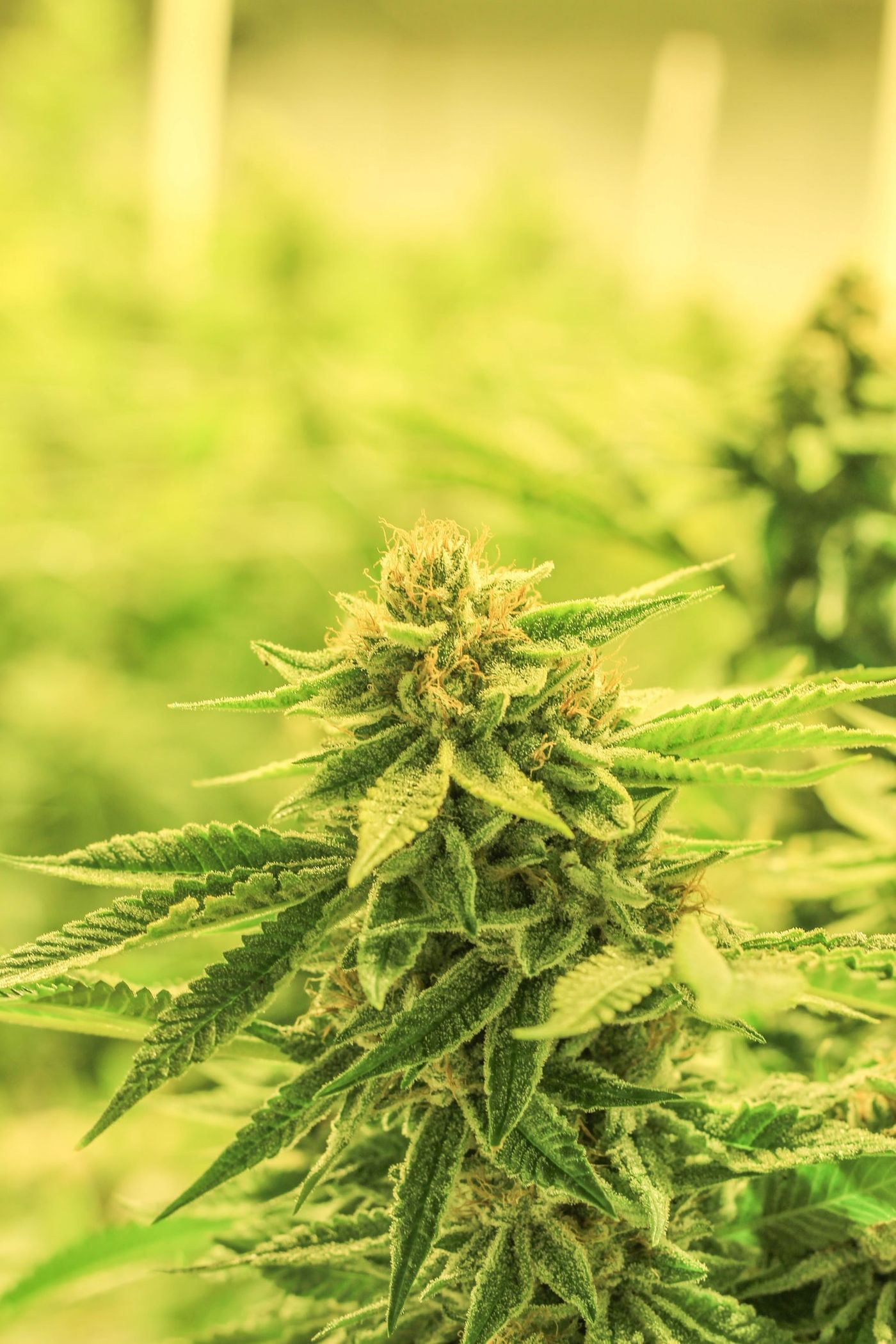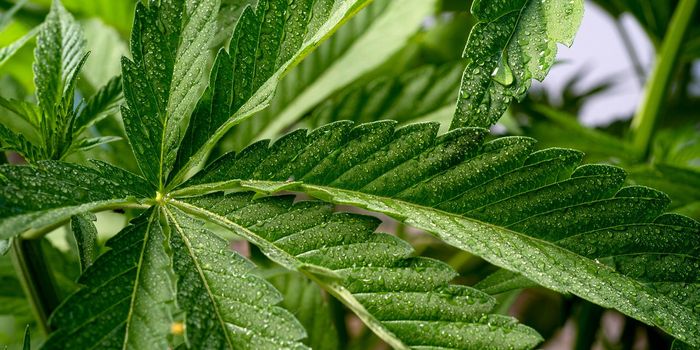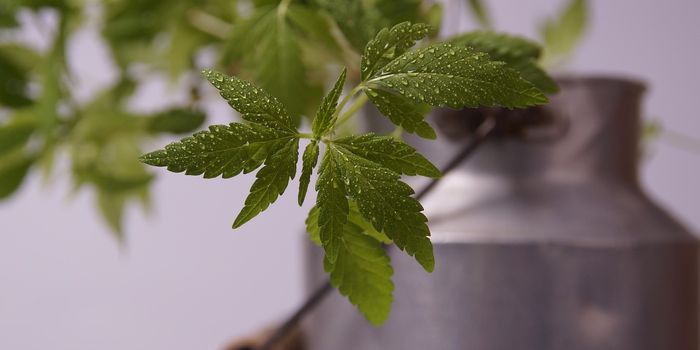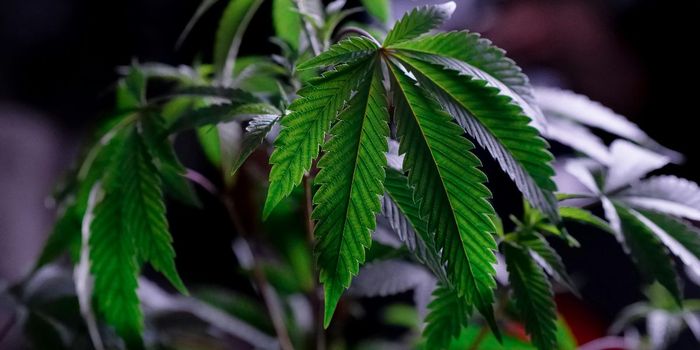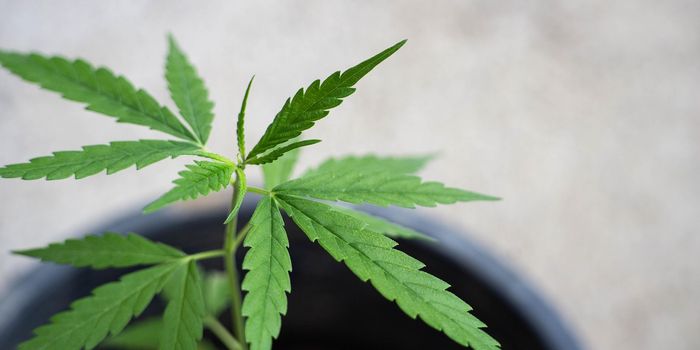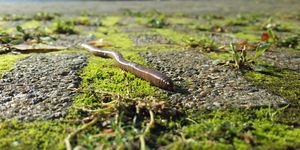The Power of Cannabis Hairs Revealed With Microscopy, Genetic Testing
What role do cannabis plant hairs play in the production of cannabinoids and terpenes?
A recent study from the University of British Columbia, published in The Plant Journal examined the hairs, or glandular trichomes, of cannabis plants. The structures and chemical outputs of various hairs were studied through microscopy and chemical profiling. The plant sample used was a quick-flowering variety of hemp Cannabis sativa known as “Finola.” The largest and mushroom-shaped “stalked” plant hairs were discovered to be the most potent; they produced the most THC- and CBD-forming metabolites and scent-producing terpenes. This fact has been previously suspected but unproven within the cannabis community.
Earlier studies categorized the cannabis plant hairs as either bulbous, sessile or stalked, based on how they looked. But how they actually affected the strength of the plant’s effects was unknown. A gene expression analysis and UV light examinations helped the researchers to better understand the hairs’ properties.
"We saw that stalked glandular trichomes have expanded ‘cellular factories’ to make more cannabinoids and fragrant terpenes. We also found that they grow from sessile-like precursors and undergo a dramatic shift during development that can be visualized using new microscopy tools,” co-lead author and Botany Ph.D. candidate Sam Livingston said.
UV light tests revealed that different hairs emitted different colors. Livingston said this meant that UV light could be used to time harvests for optimal hair and plant maturity.
The stalked trichomes or hairs were also found to be genetically disposed to produce cannabidiolic acid (CBDA) and terpenes.
UBC Botany Professor and principal investigator Anne Lacey Samuels said, "With further investigation, this could be used to produce desirable traits like more productive marijuana strains or strains with specific cannabinoid and terpene profiles using molecular genetics and conventional breeding techniques."
The study received funding from the Natural Science and Engineering Research Council of Canada and a MITACS Elevate postdoctoral fellowship, in partnership with Anandia Laboratories.
Article Source:
